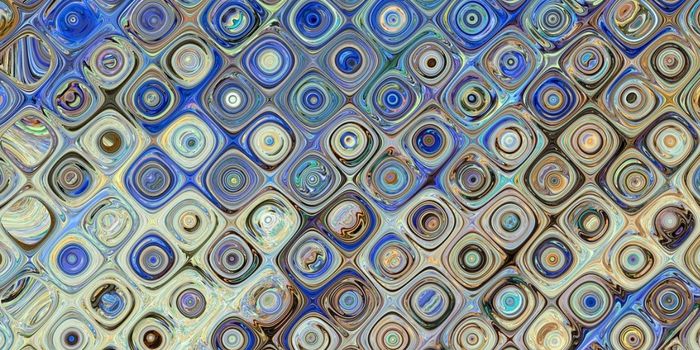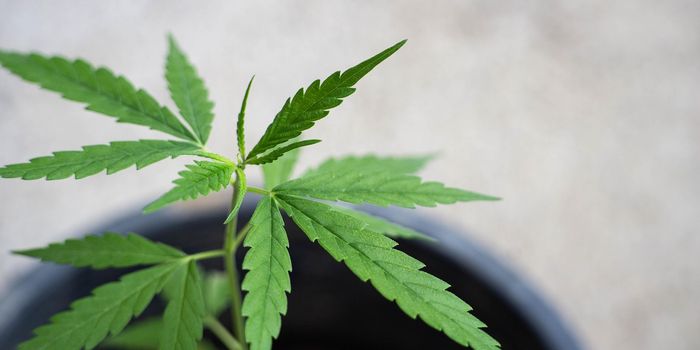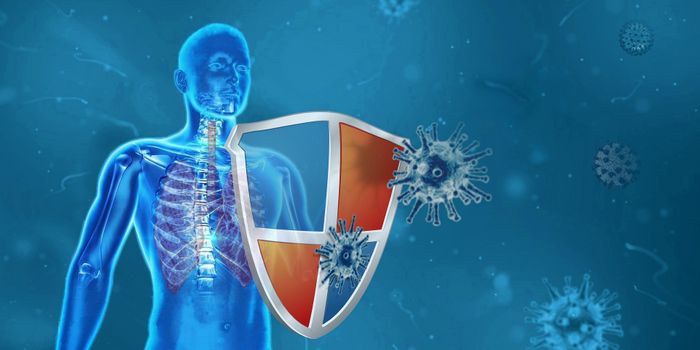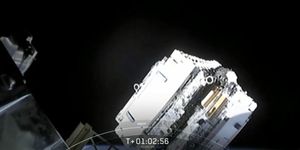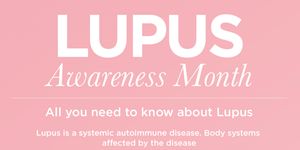Use of Electroceutical Wound Dressings to Treat Pseudomonas Aeruginosa Biofilms
Biofilms are aggregates of microbial cells bound to a surface and are capable of making an extra-cellular polymer matrix. They can be found in 90% of chronic wound infections. The microorganisms responsible for these infections are increasingly becoming resistant to antibiotics resulting in treatment failure, even with long-term antimicrobial therapy. Developing new treatment strategies is vital since the medical and surgical costs of chronic wound infections reach $25 billion in healthcare costs each year. There has been recent interest in using electroceutical dressings, which use electric currents or fields to eliminate biofilms and to facilitate healing in chronic wounds.
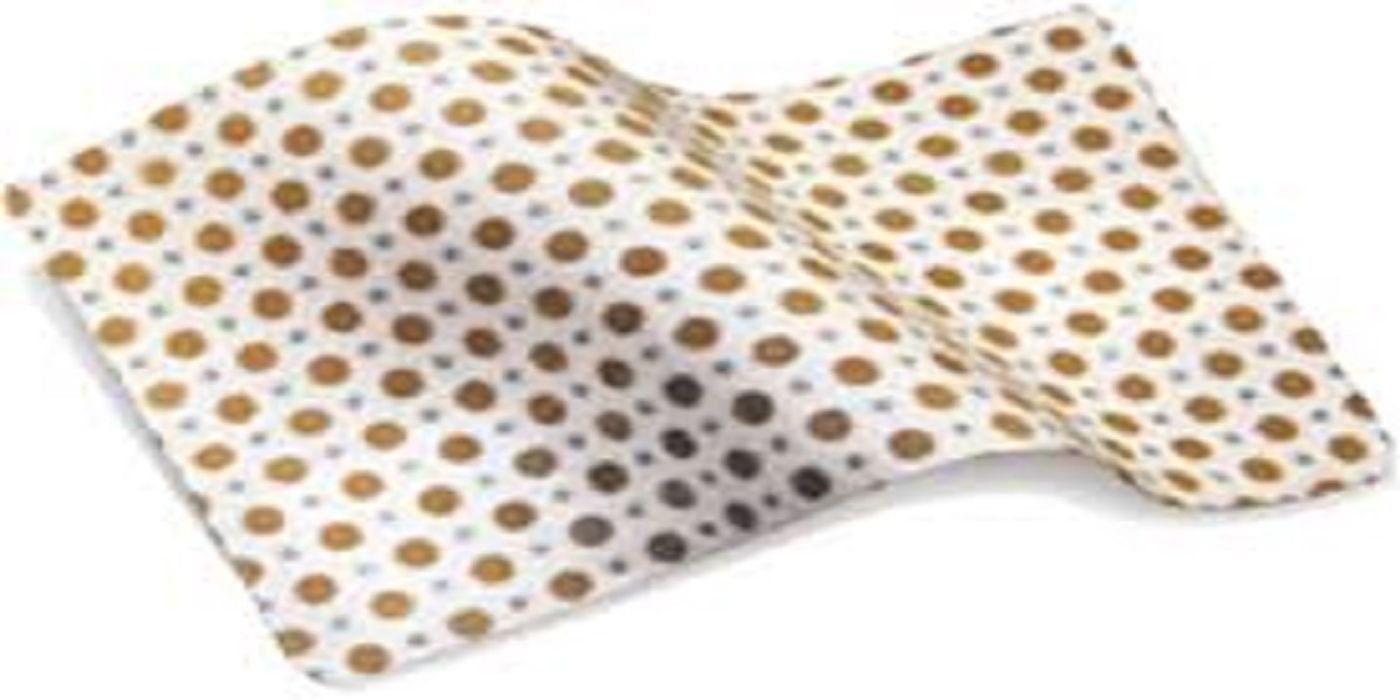
Credit: Vomaris Innovations, Inc.
Wound infections are usually located in soft tissue in vivo, but most in vitro studies have been performed in liquid media. Devendra H. Dusane, PhD, and colleagues set out to determine and minimize the knowledge gap concerning ways electrical current may impact biofilms in soft tissue infections. They used the bioluminescent Pseudomonas aeruginosa (PA) Xen41 strain and cultured them as a biofilm on agar plates, which is an in vitro format of soft tissue. At the bottom of the agar plates and not directly touching the biofilm, rectangular silver foil electrodes were used to apply current to the biofilm. The researchers assessed the effects of the applied current on the "activity and killing of PA biofilm bacteria [which] was assessed by bioluminescence, viable cell counts, and scanning electron microscope (SEM) imaging."
For this study, the lawn biofilms of PA-Xen 41 were made by spreading the overnight culture of PA-Xen 41 in T-Soy broth (TSB) onto T-Soy agar (TSA). The Ag electrodes were embedded underneath the TSA, which has a thickness of about 3.6 mm. A 1:100 dilution was made by taking 100 µL of the overnight PA-Xen41 culture and mixed with 9.9 mL TSB. 400 µL of the diluted culture was spread onto the TSA to form the biofilm, and the Petri dishes were incubated at 37°C in 5% CO2 for 24 hours The PA-Xen 41 cultures were identified as biofilms by measuring their resistance to tobramycin, an aminoglycoside antibiotic.
Image 2. In vitro imaging system (IVIS) images showing the time-dependent killing of PA biofilms after applying a current through TSA.
Color bars in IVIS images show red as highly metabolically active/live and blue/black as inactive.
Credit: Dusane et al. (Creative Commons License)
The data from this study indicate that electroceutical dressings are successful in treating biofilms alone; however, combining them with specific medications is more effective in eliminating the biofilm. This type of dressing is also useful in preventing new infections with biofilms.
"Clearly, future work must focus on identifying specific reactive species and migration characteristics to determine [the] efficacy of electrical stimulation in vivo," states Davendra Dusane, lead author of the study.



